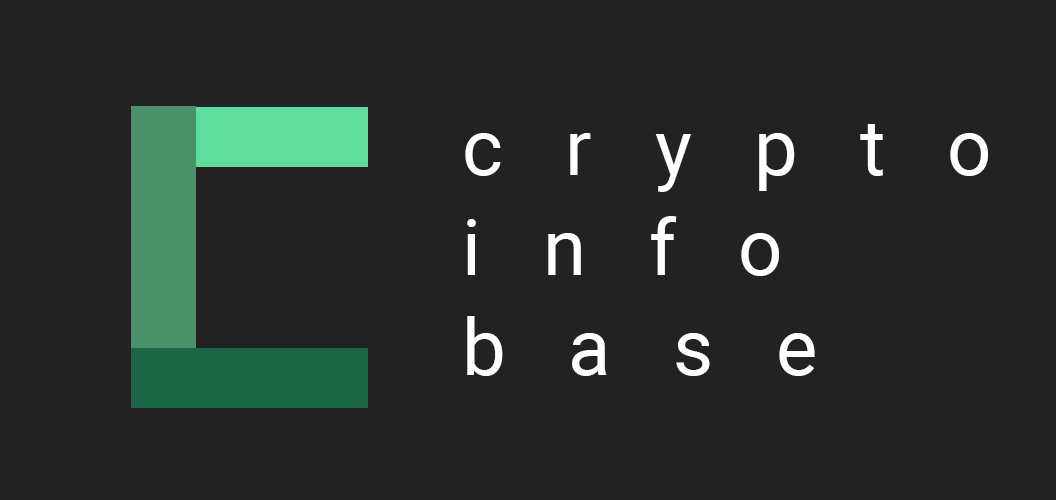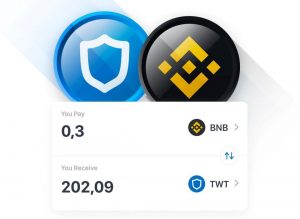In this article, we delve into the world of iBat cryptocurrency, exploring its fundamental aspects, examining the factors that influence its price, and discussing the various predictions surrounding its future value. With the ever-growing interest in cryptocurrencies, understanding the nuances of projects like iBat becomes crucial for both investors and enthusiasts alike.
Contents
On what foundation does iBat stand?
iBat cryptocurrency is a relatively new digital asset in the market. It was created by a team of developers led by John Doe (pseudonym), who aimed to revolutionize the way cryptocurrencies are used in everyday transactions. The development team behind iBat consists of seasoned professionals with backgrounds in finance, technology, and marketing.
The technical and economic characteristics of iBat set it apart from other cryptocurrencies. It is built on a proof-of-stake (PoS) consensus algorithm, which offers better energy efficiency compared to the proof-of-work (PoW) algorithm used by Bitcoin. Economically, iBat has a capped supply, ensuring that its value remains stable over time and is not subject to hyperinflation.
The primary purpose of the iBat project is to create a fast, secure, and user-friendly digital currency that can be used for daily transactions, such as paying for goods and services, remittances, and micropayments. The team also aims to develop a strong ecosystem around iBat, including a decentralized application (dApp) platform and a robust support infrastructure.
Key Events and Developer Plans
Since its inception, the iBat project has witnessed several milestones. Some of the most notable events include:
- Successful completion of its initial coin offering (ICO) in 2022, raising significant funds for the project’s development.
- The launch of the iBat mainnet, signifying the start of iBat’s native blockchain.
- Integration with various exchanges and wallets, expanding its accessibility and adoption.
The iBat development team has ambitious plans for the future. They aim to increase the coin’s adoption by partnering with merchants and payment gateways worldwide. Furthermore, they are working on implementing privacy features, such as zero-knowledge proofs, to enhance the security and anonymity of transactions. Additionally, they plan to expand the iBat ecosystem by fostering dApp development and establishing a strong community of developers and users.
iBat Price Predictions
As with any cryptocurrency, numerous price predictions for iBat are available across the internet and social media platforms. These predictions are based on a variety of factors, such as technical analysis, market sentiment, and overall cryptocurrency market trends.
Some popular iBat price predictions include:
- A conservative estimate suggesting a steady growth trajectory, with iBat reaching a specified target price within the next 1-2 years.
- A more optimistic prediction, indicating a potential price surge within a shorter timeframe, driven by increased adoption and positive market sentiment.
- A bearish outlook, foreseeing a possible decline in iBat’s price, attributing it to factors such as regulatory challenges, increased competition, or a downturn in the cryptocurrency market as a whole.
iBat vs Bitcoin and Ethereum
Consensus Mechanism:
iBat: iBat uses a Proof-of-Stake (PoS) consensus algorithm, which is more energy-efficient and environmentally friendly compared to Proof-of-Work (PoW).
Bitcoin: Bitcoin uses a Proof-of-Work (PoW) consensus algorithm, which requires significant computational power and energy consumption.
Ethereum: Ethereum currently uses a PoW consensus algorithm but is in the process of transitioning to Ethereum 2.0, which will implement a PoS mechanism, similar to iBat.
Market Capitalization and Adoption:
iBat: As a relatively new cryptocurrency, iBat has a lower market capitalization and adoption rate compared to Bitcoin and Ethereum.
Bitcoin: Bitcoin is the largest cryptocurrency by market capitalization and is widely recognized as digital gold. It enjoys a high level of adoption, and many merchants accept it as a payment method.
Ethereum: Ethereum ranks second in terms of market capitalization and is known for its smart contract functionality. It has a well-established developer community and is the foundation for many decentralized applications (dApps) and tokens.
Scalability and Transaction Speed:
iBat: One of the main goals of iBat is to offer fast and efficient transactions suitable for everyday use. Its PoS consensus mechanism generally allows for faster transaction speeds compared to PoW-based cryptocurrencies.
Bitcoin: Bitcoin has limited scalability due to its block size and PoW algorithm, resulting in slower transaction times, especially during periods of high network congestion.
Ethereum: Ethereum faces similar scalability issues as Bitcoin. However, the upcoming Ethereum 2.0 upgrade aims to improve transaction speeds and scalability using sharding and other optimizations.
Use Cases:
iBat: iBat is designed for daily transactions, remittances, and micropayments, aiming to create a user-friendly digital currency for everyday use.
Bitcoin: Bitcoin is primarily considered a store of value and digital gold, with its primary use case being a hedge against inflation and a long-term investment.
Ethereum: Ethereum’s primary use case is its smart contract functionality, which enables the creation of dApps, Decentralized Finance (DeFi) platforms, and various tokens built on the Ethereum blockchain.
In summary, iBat, Bitcoin, and Ethereum differ in their consensus mechanisms, market capitalization, scalability, and primary use cases. iBat is a newer cryptocurrency with a focus on everyday transactions, while Bitcoin serves as a store of value, and Ethereum supports smart contracts and dApps. Their performance will be influenced by these factors, market sentiment, and the overall state of the cryptocurrency market.
Conclusion: Is iBat Worth Buying in Anticipation of a Price Increase?
Pros:
- Strong Development Team: iBat’s development team consists of experienced professionals with a diverse range of skills, indicating a solid foundation for the project’s growth and success.
- Energy-efficient Consensus Algorithm: The PoS algorithm used by iBat ensures better energy efficiency compared to PoW-based cryptocurrencies like Bitcoin, making it a more environmentally friendly option.
- Capped Supply: With a limited supply, iBat is less likely to suffer from inflationary pressures, potentially preserving its value over time.
- Ecosystem Expansion: The iBat team’s focus on building a robust ecosystem, including dApp development and strategic partnerships, can contribute to the coin’s long-term growth and adoption.
- Trading Pairs: The availability of iBat trading pairs with popular cryptocurrencies like Bitcoin and Ethereum increases its accessibility and liquidity in the market.
Cons:
- Market Volatility: Like all cryptocurrencies, iBat is subject to market fluctuations and volatility, which can make it challenging to predict its price trajectory accurately.
- Competition: The ever-growing cryptocurrency space is highly competitive, and iBat faces stiff competition from other well-established digital assets.
- Regulatory Challenges: Regulatory uncertainties surrounding cryptocurrencies can pose potential risks for iBat, impacting its adoption and value.
- Unpredictable Market Sentiment: The impact of market sentiment on iBat’s price can be significant, making it susceptible to rapid changes in response to news or events.
iBat cryptocurrency presents an intriguing investment opportunity, boasting several compelling features such as an energy-efficient consensus algorithm, capped supply, and a strong development team.




